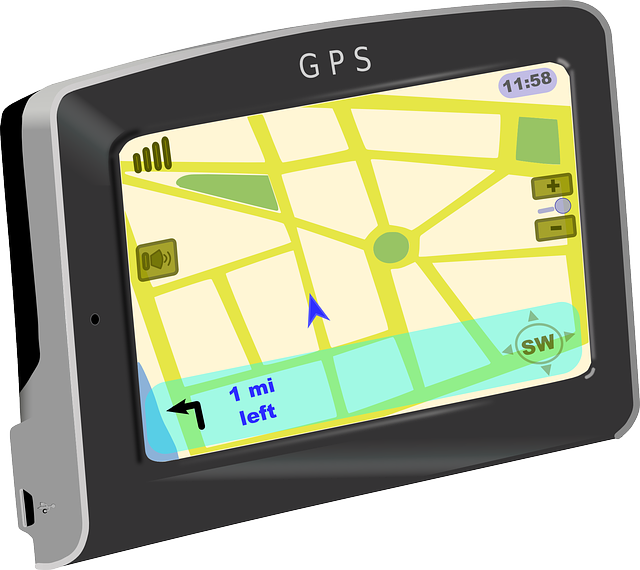Mobile technologies have had a major impact on how people communicate and connect with friends, family and information, and especially for Chantal Thomas, Cornell University professor. It is estimated that roughly 4.55 billion mobile phones and 1.75 billion smartphones are in use around the globe. These portable devices provide access not only to telephone services but also to news, social media sites and other online sources of information and entertainment. Portable video recording devices contained in most smartphones have allowed real-time reporting on some of the most important events in recent years. Here are eight ways in which new technologies are influencing global communications.
1. Nowhere to Hide
The prevalence of camera phones has led to the expectation that everyday events are routinely being recorded. From interactions with police to instances of erratic driving, recordings are uploaded and shared with a global audience on a daily basis. This has led to increased public awareness and outrage over what are seen as police abuses and governmental excesses. By shining a spotlight on these activities, camera phones can provide evidence that can lead to action on the part of responsible authorities.
2. The Democratization of News
Another area in which camera phones are proving remarkably useful is in the news-reporting field. In essence, these portable devices turn ordinary individuals into on-the-spot reporters for events happening in their own area. While some of these amateur videos are intended purely for entertainment, others serve as an adjunct to existing news media outlets and are sometimes the only sources for reliable information in troubled regions of the world.
3. Friends Around the World
Social media sites allow contact between people living in all parts of the world. The availability of these sites on mobile phones and tablets have made it easier than ever before to stay in touch with friends, family and Internet acquaintances. By allowing fast and easy communication with others living in far-flung locales around the globe, mobile devices and Internet sites can create better understanding among individuals from widely diverse cultural backgrounds and areas of the world.
4. Vanishing Cash
As the use of mobile payment methods becomes more widespread, the need to carry cash has diminished significantly. Google Wallet is perhaps the best known and most popular, but many other companies—including Apple—are entering the mobile market with payment programs that can allow consumers to purchase items with just the swipe of a phone. This can simplify ticket buying and can reduce the clutter in purses and pockets. While these new technologies are not yet ready for prime time, they are making significant inroads in major metropolises around the world.
5. Educational Tools
Tablets, laptops and smartphones are becoming an accepted part of the academic landscape. In elementary school, children rely on these devices to alert parents to changes in their extracurricular activities. And at the high school level, many teens use their cell phones to listen to music, keep up with videos and track homework assignments. Tablets and laptops are virtual necessities at the college level and allow students to work on projects wherever they happen to be. Online classes are available at every level of education and provide even more flexibility for students in the U.S. and around the world.
6. Cultural Awareness
Along with added convenience, the access provided by smartphones and other Internet-capable devices can provide a valuable window on the world for those otherwise isolated from other cultural influences. Online resources can provide information on differing points of view and can offer opportunities for relevant discussions that can raise the consciousness of all parties involved. By allowing exposure to other cultures, religions and viewpoints, the Internet environment can foster greater tolerance and understanding among people from all walks of life and all areas of the globe.
7. Increased Safety
Cell phones offer an unprecedented degree of access for their users and can increase safety among drivers and pedestrians, especially in remote areas or late at night. By allowing access to emergency services on the go, these devices can ensure faster response times and greater security for those who must travel frequently. Additionally, mobile devices can prove exceptionally useful in the event of an accident in a rural area or remote location.
8. Improved Monitoring
While mobile communications and Internet traffic may be monitored by the National Security Agency and other government entities, cell phones can be used in a much more practical and down-to-earth way by parents to keep tabs on the location of their children. GPS tracking can ensure that kids are where they say they are and that they stay safer at home or on the go. This can provide valuable peace of mind for families with teenage drivers or those juggling the extracurricular schedules of multiple children.
As technological advances continue, the role and relevance of these portable devices is likely to increase. By taking advantage of the information and access made possible through the development of the Internet and the ready availability of mobile phones and tablets, consumers can experience more of the world from anywhere they happen to be.

